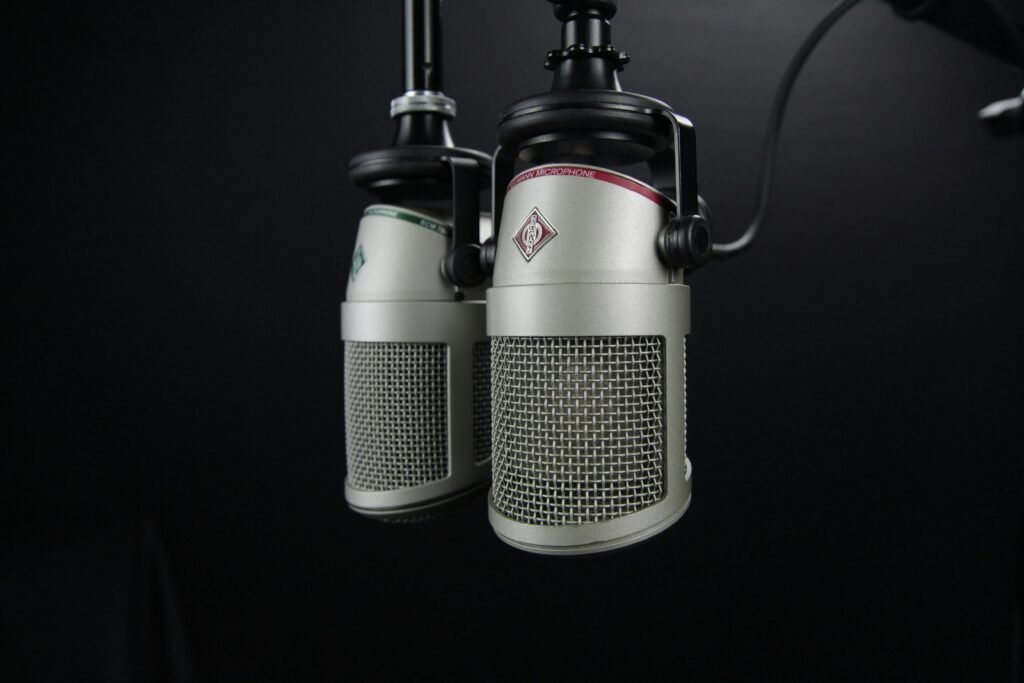
Music production is a rewarding field. Finishing a project brings a special kind of joy, and that feeling pulls many people in. A successful music producer can choose projects that fit their taste, work with flexible hours, and put real passion into every track. At Resona Studio, we live for that excitement—we work on music because we love it, not just because it is a job.
Still, the dream life of a producer does not come overnight. To run a full project—writing, recording, and mixing songs on your own—you must first build several skills. Colleges for producing music are great, but independence is the key. When you can handle each step yourself, you save both time and money and can turn your exact vision into reality.
Here are a few practical steps and tips to help you reach that goal:
1. Learn the Basics of Music
To work on your own, you first need to understand music itself. A producer who arranges—or even writes—songs must have solid musical roots. Start with these three easy steps:
Study basic music theory. YouTube and other sites are full of free lessons. Keep a piano or guitar nearby while you watch so you can hear every chord and scale in real time.
Learn what each instrument can do. Good arrangements come from knowing your tools. Instead of paying huge fees to colleges for producing music, use that cash to buy a small MIDI keyboard or an acoustic guitar. Spend some time learning how drums and bass work too—they carry every track.
Pick up vocal technique basics. If you know how singing works, you can guide vocalists in the studio and arrange backing parts that fit the song.
You can learn all of this online at no cost. Swap a few hours of scrolling for practice time, and you’ll lay the musical foundation every self-made producer needs.
2. Sharpen Your Skills as an Audio Engineer
Now that you know the basics of music, it’s time to record and edit it.
Pick a beginner-friendly DAW. Try an entry-level version such as Cubase Elements. It’s affordable and easy to learn.
Get starter gear. Good sound no longer costs a fortune. A bundle like the Focusrite Scarlett Solo Studio (4th Gen) gives you an audio interface, condenser mic and headphones for about $200—perfect for home recording.
Record first, mix later. A clean take is half the job. Set up your mic on a stand, plug everything in, and hit record.
Move closer or farther to hear how distance changes tone.
Adjust the mic angle and preamp gain to avoid clipping.
Practice on your own voice or instrument. Spend a few sessions just playing around. You’ll quickly feel how mic placement, room sound and gain settings affect the track.
Learning by doing will teach you more than any pricey class at colleges for producing music. A few hours of hands-on practice each week will build the confidence you need to run your own sessions.
Once you feel confident with your gear and have a first recording you like, it’s time to learn the basic mix tools. Stick to the stock effects that come with Cubase (or whatever DAW you use). Master these three, and you’ll be set for every project.
EQ (Equalizer)
Think of EQ as volume control for single frequencies. Boost what sounds good, and cut what sounds messy.Remove rumble or hiss that distracts the ear.
Highlight the sweet spots that give the track its character.
Compressor
The compressor is your best friend. A thin, uneven take can become solid and powerful in seconds.Set a level (threshold) where the compressor starts to work.
Louder peaks get pushed down, quiet parts move up, and the whole track feels tight and full.
Reverb (optional but handy)
Reverb adds space and glue. A small room or plate setting can make all your tracks sound like they live in the same place instead of feeling disconnected.
Learn these three effects first. They’re on almost every track in every mix, and they’ll carry you much further than any fancy plugin—or any pricey course at colleges for producing music. Once they feel natural, you can explore extra tools, but EQ, compression and a touch of reverb will always be your core kit.
Want a quick crash course? Check our simple guide to recording and mixing vocals here: How to Make Vocals Sound Professional.
3. Learn Basic Room Acoustics
The room itself often matters more than the gear you own. If the space where you listen (on studio monitors) or record is full of echoes and bad reflections, even top-shelf equipment will sound poor. So, before you spend big on new toys, invest some time and money in simple acoustic fixes.
Think about it this way: you save up $5,000 for a dream microphone, but you record in an untreated bedroom. That mic—just like a cheap one—will pick up every splash of room echo. A large, empty room may sound hollow; a tiny closet may overload the low-mids and give you the “cardboard box” effect.
Set your priorities: a modest mic in a well-treated room will beat a luxury mic in a bad room every time. Hang thick blankets or buy basic acoustic panels for the walls and corners, place a rug on hard floors, and position your speakers so sound hits your ears—not the walls—first. Smart treatment is the best upgrade you can make.
4. Be Patient and Spend Money Wisely
Progress takes time. Set realistic goals so you do not burn out. These skills do not grow overnight; they take years of steady work. Celebrate small wins and keep pushing, even when it feels slow.
I spent about seven to eight years just to reach a level where I could make a “pro” recording and I did it without attending pricey colleges for producing music. After that, I have been polishing my craft for another five-plus years. Before all that, I skipped parties, went to extra music classes—anything to build the base I use today. I am not trying to scare you, only to stress that this path is a long-term process, not a quick way to easy money.
Conclusion
Colleges for producing music can teach you a lot, but they cost a fortune. If you can pay the tuition and still buy gear, go for it—structured lessons help. If that is not an option, put your limited budget into equipment and learn online. Today’s free resources make deep knowledge easier than ever to find.
Need more help or a quick answer? Contact us anytime.
God bless, and happy producing!




